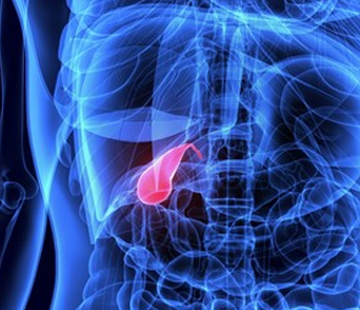Diagnosis

Diagnosing Choledochal Cysts
The process of diagnosing choledochal cysts typically begins with a visit to your primary care doctor, who will evaluate your symptoms and medical history. If a choledochal cyst is suspected, you will be referred to a specialist, such as a gastroenterologist or hepatobiliary surgeon, for further evaluation and confirmation of the diagnosis. A comprehensive diagnostic approach often includes a combination of physical examination, laboratory tests, and imaging studies.
- Physical examination: During the physical examination, your doctor will assess your abdomen for signs of tenderness or swelling, which could indicate the presence of a cyst. They will also check for other symptoms such as jaundice, which is characterized by yellowing of the skin and eyes.
- Laboratory tests: Blood tests can be helpful in identifying signs of infection or inflammation, as well as assessing liver function. These tests may include a complete blood count (CBC), liver function tests (LFTs), and tests for markers of cholangitis or pancreatitis.
- Imaging studies: A variety of imaging techniques can be used to visualize the biliary tract and confirm the presence of a choledochal cyst. These include:a. Ultrasound: This is often the first imaging study performed due to its non-invasive nature, accessibility, and low cost. An ultrasound can provide a preliminary assessment of the biliary system and detect any cystic lesions.
b. CT scan (computerized tomography): A CT scan can provide more detailed images of the biliary system and surrounding structures. It can help identify the location and extent of the choledochal cyst, as well as any potential complications.
c. Magnetic resonance cholangiopancreatography (MRCP): This non-invasive imaging technique uses magnetic resonance imaging (MRI) to visualize the biliary and pancreatic ducts. MRCP can provide high-resolution images to help confirm the presence and type of choledochal cyst.
d. Endoscopic retrograde cholangiopancreatography (ERCP): This procedure involves the use of an endoscope to visualize the biliary system and obtain images or samples for further analysis. ERCP can be both diagnostic and therapeutic, as it may also be used to treat certain complications associated with choledochal cysts, such as bile duct obstruction.
After a thorough evaluation and confirmation of the diagnosis, your healthcare team will discuss the best course of action and appropriate treatment options with you. Be sure to visit our resources page to Find Doctors who specialize in choledochal cysts and can guide you through this process.